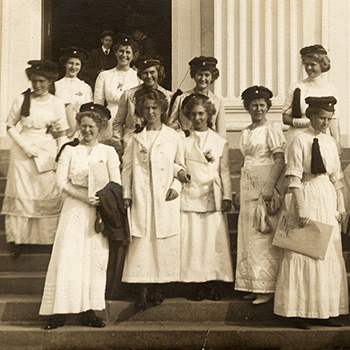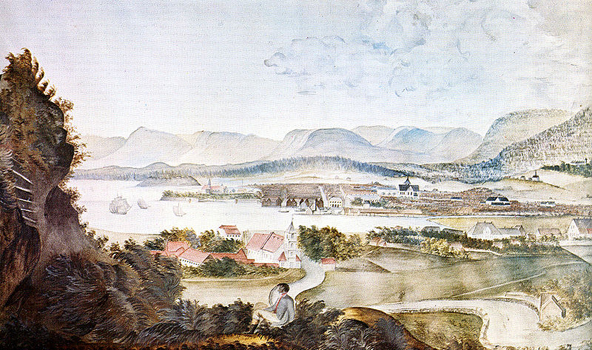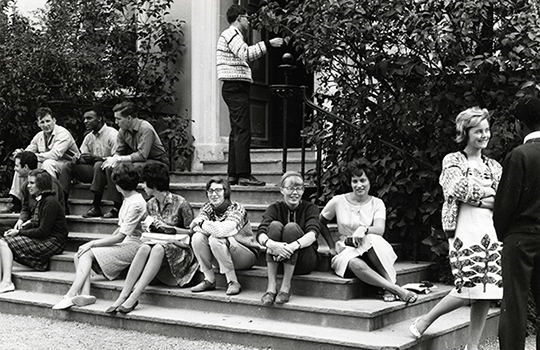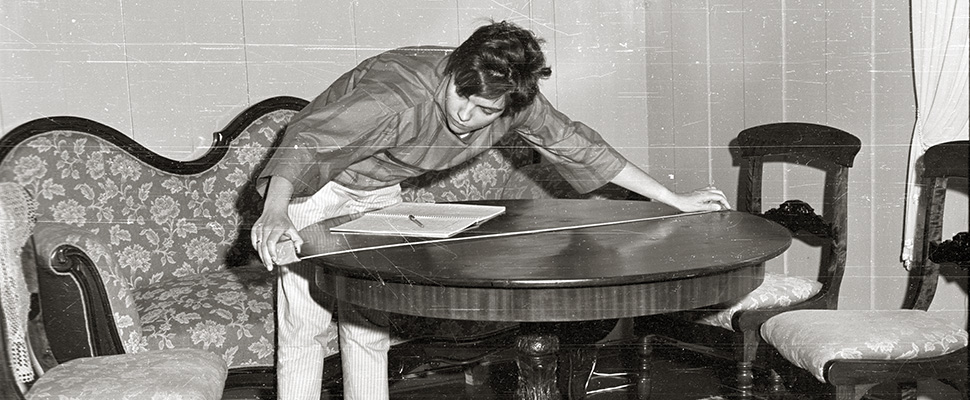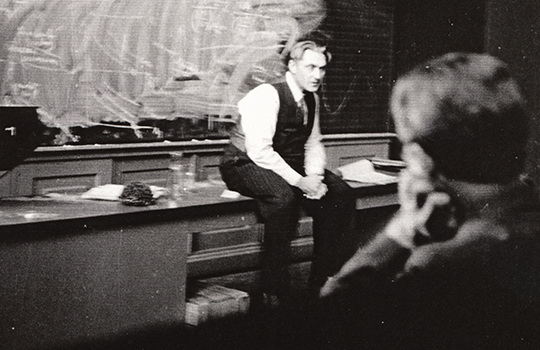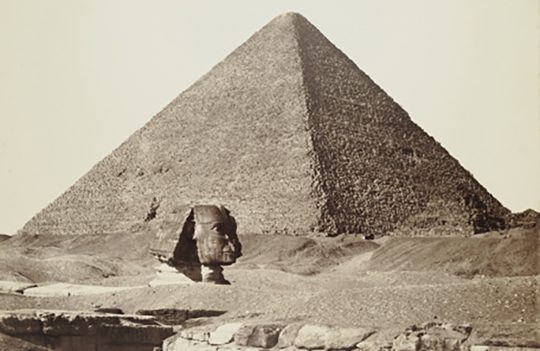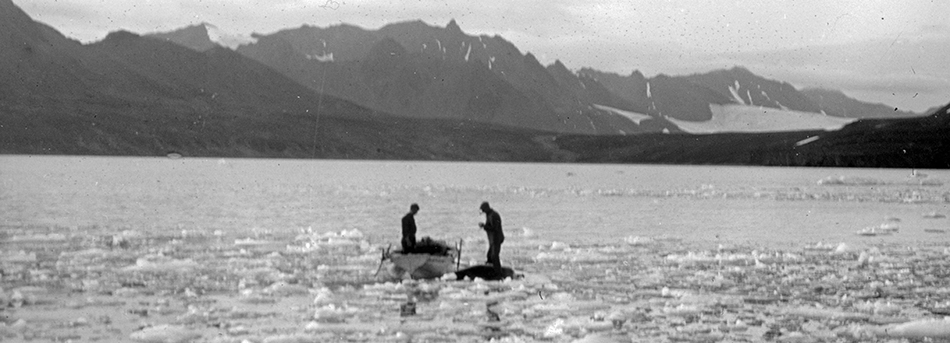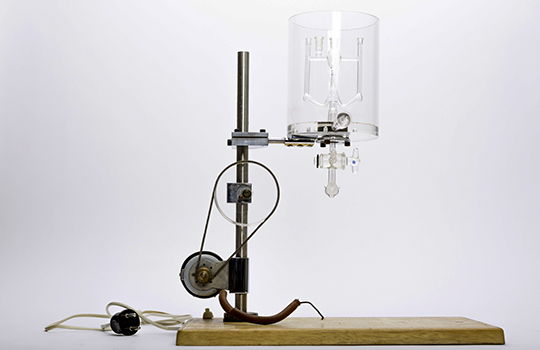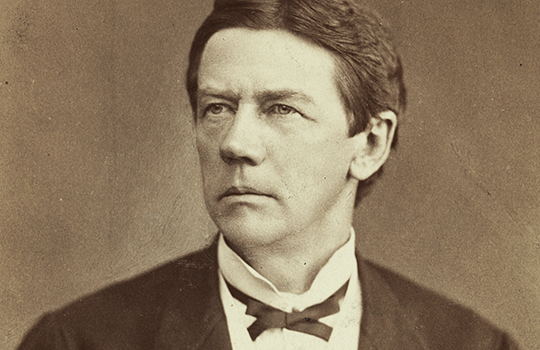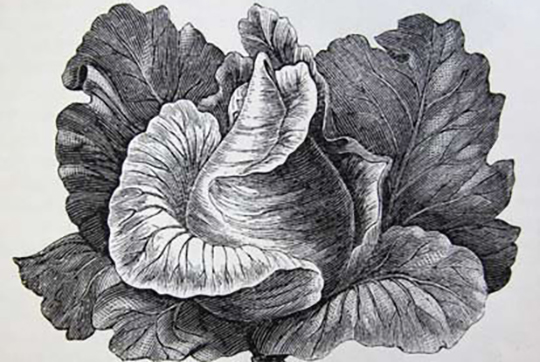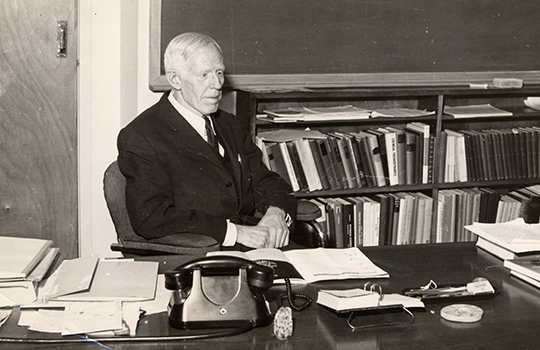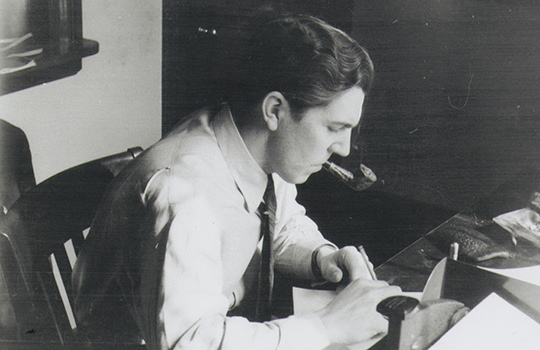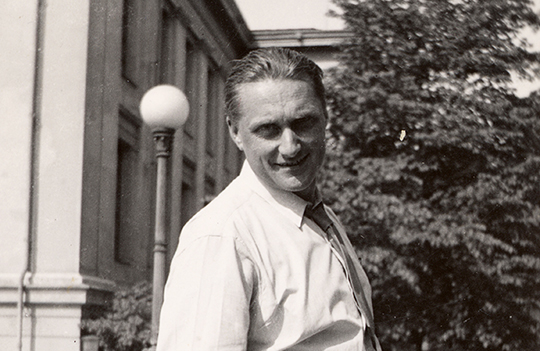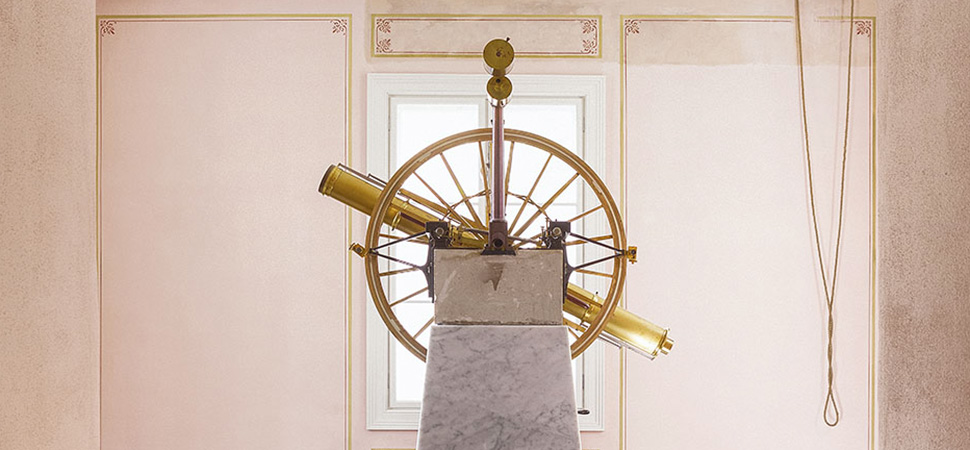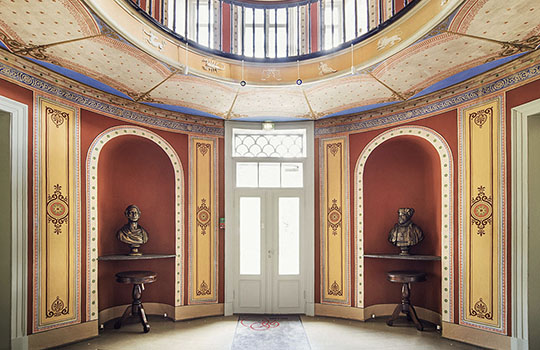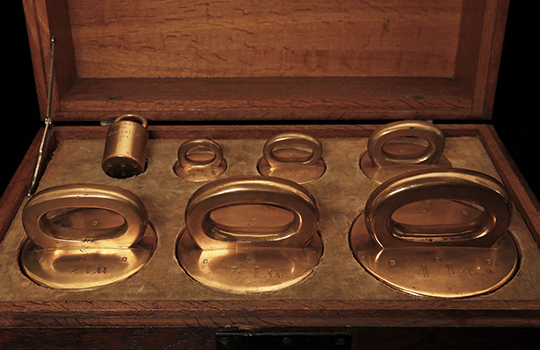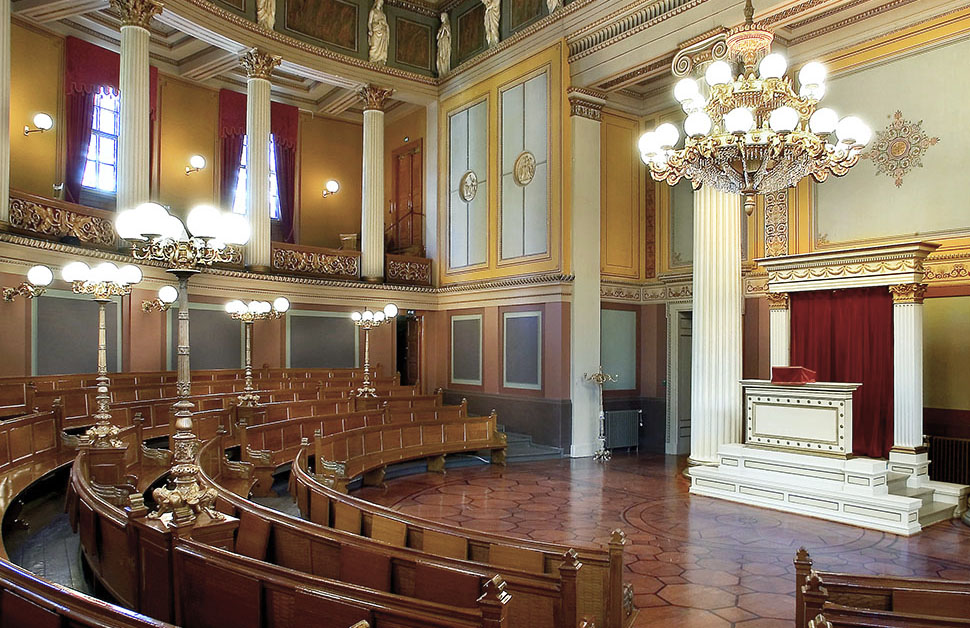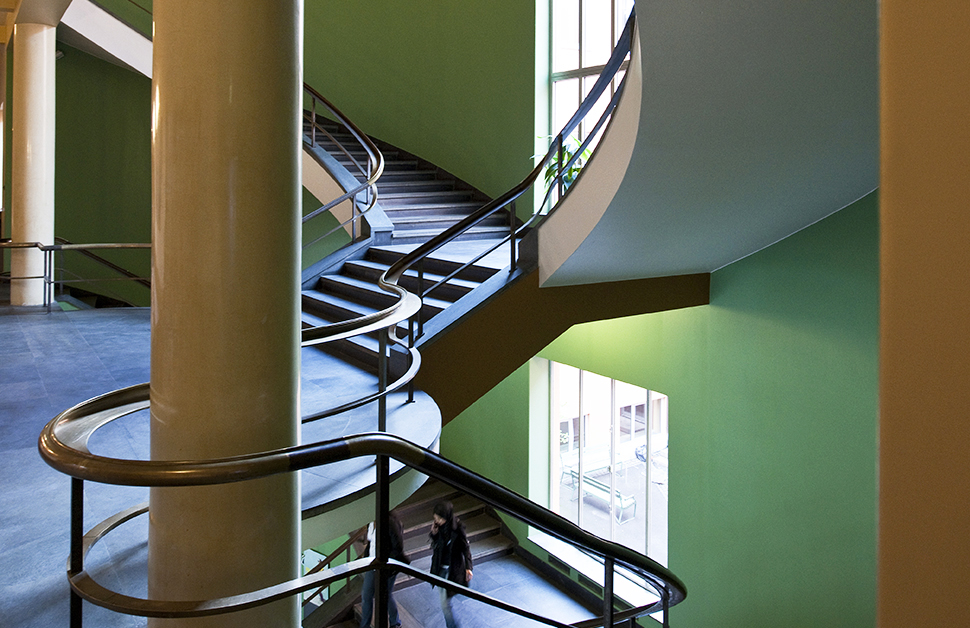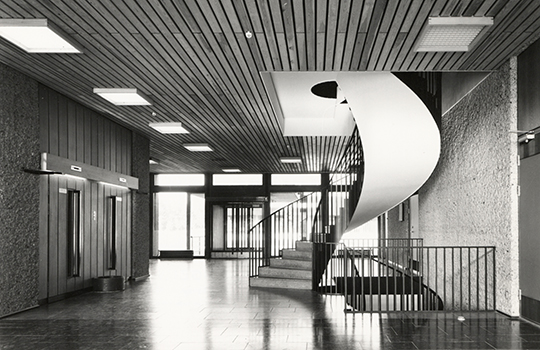The University of Oslo was founded in 1811. As late as 1946 it was the only university in Norway. The university played a central role in the creation of a new nation. The history about the University of Oslo is also the history about modern Norway.
This website in English presents selected articles reflecting various sides of our history. For a broader specter and full content, please visit our Norwegian website.
Institutional history
A brief history of the University of Oslo
The University of Oslo is Norway’s oldest university.
The making of the University of Oslo
The University of Oslo was founded in 1811. Norway was still under Danish rule. However, the campaign for a separate Norwegian university started some 150 years earlier.
An occupied university’s moral dilemma
While some University people were unwilling to compromise and sought direct confrontation with the German occupying forces, there were also pragmatists on both sides.
The University’s academic employees 1813–1984
In the nineteenth century, each individual faculty had only a handful of professors. This is a register of all the academic employees at the University of Oslo from 1813 to 1984.
The centennial addresses
Hidden away in a barn in Hønefoss, half an hour’s drive from Oslo, three large crates contained forgotten mementos from the University's centennial in 1911.
Students and education
200 years of university students
The road to becoming a university for the masses was neither straight nor clearly signposted. Jan Eivind Myhre has written a history of the students.
Medical education in Norway
An academic of political initiative? When Norway’s first ever university was founded, one of the four faculties was Medicine.
University recognition for rural doctors
Being a doctor out in rural areas is the most common form of medical practice. The 1950s and 1960s saw a sea change in the medical profession.
Summer School for American students
In 1945, Norwegian students travelled to the United States to study. The after-effects are living on in today’s International Summer School at the University of Oslo.
Measure the past!
In the 1960s, the University’s Department of Ethnology initiated an ambitious project: a new national register containing information about objects that had been typical in Norwegian society through the ages.
Academic disciplines
Economics: The academic discipline post-war Norway needed
Ragnar Frisch started out as a silversmith, but ended up building up a university department that was worth more than gold for the politicians.
The development of pedagogy at the University of Oslo
Pedagogy, as it developed at the University of Oslo from 1938, can be regarded as a prism for cultural, social and political movements in recent Norwegian history.
1875: Art history becomes a university discipline in Norway
A new, modern university subject was created with the 1875 appointment of Lorentz Dietrichson as an extraordinary professor of art history.
Slideshow: Professor Holtedahl’s expedition to Novaya Zemlya, 1921.
In 1919, Olaf Holtedahl, professor of geology at the University of Oslo, proposed a Norwegian multi-disciplinary scientific expedition to Novaya Zemlya.
History of Science
Slideshow: Expedition to Tristan da Cunha
In 1937, a multi-disciplinary team of scientists went ashore on Tristan da Cunha – the most remote inhabited island in the world.
Expedition on stamps: Tristan da Cunha
A multi-disciplinary expedition to Tristan da Cunha, 1937-1938, is now a stamp issue.
Respiratory gas analysis in Alaska, Panama and at UiO
How to measure the metabolism of a seal, or a bird, or a human? The University of Oslo’s first zoophysiologist developed an instrument to accurately determine the content of respiratory gases.
The “Norwegian” sea lion - at the Galápagos Island only
Zalophus wollebaeki is a sea lion only occurring at the Galápagos Island. What was then the reason for naming the species after a Norwegian zoologist?
Geology for society: NGU 1858–2008
The idea that the mapping work of the The Geological Survey of Norway (NGU) would both strengthen geological research and be useful to society as a whole can be traced right back to its establishment in 1858.
The great national crop testing project
In the second half of the nineteenth century, teachers, vicar’s wives, farmers and doctors across Norway took part in a widespread voluntary project, run by the University’s Botanical Gardens.
Niels Henrik Abel
Despite only living to the age 26, he published works that have earned him a place among the world’s foremost mathematicians.
The Nobel laureates of the University of Oslo
Odd Hassel: The Norwegian Nobel laureate in chemistry, 1969
When Odd Hassel was awarded the Nobel Prize in 1969, he dominated the front pages of all the Norwegian newspapers.
Trygve Haavelmo: Nobel Prize winner and keen angler
Trygve Haavelmo, professor of economics at the University of Oslo was awarded the world’s most prestigious prize in 1989.
Ragnar Frisch: From apprentice goldsmith to Nobel laureate
Professor Ragnar Frisch founded the Department of Economics in 1932. He was awarded the Nobel Prize in 1969.
The Astronomical Observatory
The Observatory’s meridian circle: Determining the zero meridian and the coordinates of the heavenly bodies
The inscription on the Observatory’s foundation stone laid in 1830 reads “Et nos petimus astra” – we too seek the stars.
Establishing the Norwegian meridian
The University’s Astronomical Observatory from 1833 is one of the first buildings designed for the University of Oslo. It played an important part in defining a modern Norwegian nation.
Busy days and cold nights: Chr. Hansteen
Can one professor really be expected to head the Norwegian Geographic Survey, the Meteorological Institute and the Norwegian Metrology and Accreditation Service – in addition to his day job?
Hansteen’s measures and weights
Professor Christopher Hansteen is a central name in Norwegian history of science, but few people know that he introduced a special Norwegian system of measures and weights after 1814.
Architectural Heritage
Grosch: The architect behind the neoclassical university buildings
Chr. H. Grosch designed the Observatory, the Palm House in the Botanical Garden and the university complex in the Oslo city center.
Historical Museum: A pig in a top hat and tails?
In 1902, the University’s three museums dedicated to cultural history moved into a brand new museum building in the style of Art Nouveau.
The Pharmacy Building – colourful functionalist gem
When it opened in 1932, the University School of Pharmacy at Blindern was one of Norway’s most radical buildings.
A masterpiece of modernist architecture
The new buildings for the Faculty of Social Sciences were completed in 1967, as a part of the development of the University campus of Blindern.
